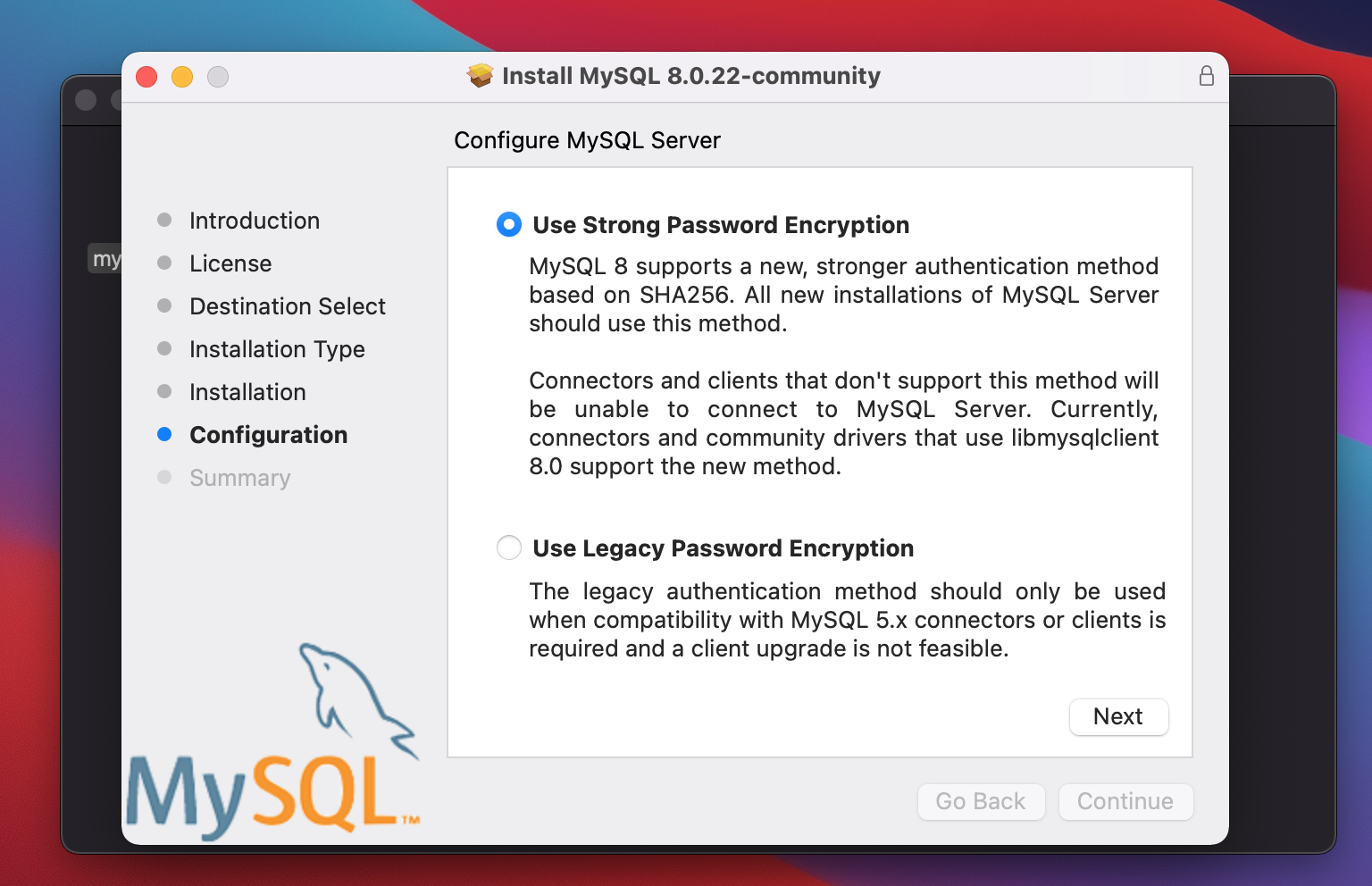
That’s how it works, right? Oh, you may understand that you get that information because your browser requests it from a web host server. You open your browser, type in the Address Bar, and get pages and pages of useful reviews and information.
How to Set Up Two-Factor Authentication. How to Record the Screen on Your Windows PC or Mac. How to Convert YouTube Videos to MP3 Files. How to Save Money on Your Cell Phone Bill. How to Free Up Space on Your iPhone or iPad. How to Block Robotexts and Spam Messages. Check if the web content is in the right format, such as HTML, using cat. Check if we have web content in the folder using ls. Make sure we are in the right working directory using pwd. 
Let us say that your web content is in the folder /home/user/examples. If you are not sure how to do this, you may want to read this guide first.

This comes installed by default on recent versions of macOS and many Linux distributions.įirst, you need to navigate to the folder where your web pages or web content is saved. If you are not sure, follow this guide first to learn how.
To know how to navigate files and folders on a terminal. If you are not sure, visit the instructions for macOS or Linux (coming soon). To know how to open a terminal window. Access to a Unix terminal on any macOS or Linux environment. In order follow this guide, you will need: If you already have a lot of experience with the terminal, check out the commands on the homepage for quick reference material. As you follow these instructions, keep in mind that your computer’s files and folders likely will be different from the samples. This guide will teach you a Python command to start a basic web server on your computer. 

If you are working on webpages or other web content, you may need a easy and quick way to start a basic web server. How to start a basic web server on macOS or Linux








 0 kommentar(er)
0 kommentar(er)
